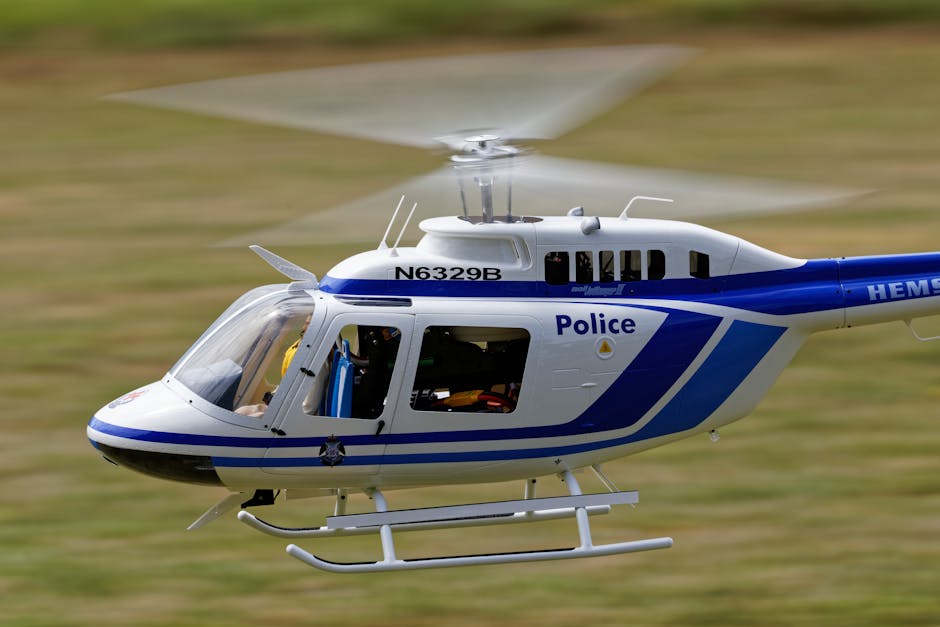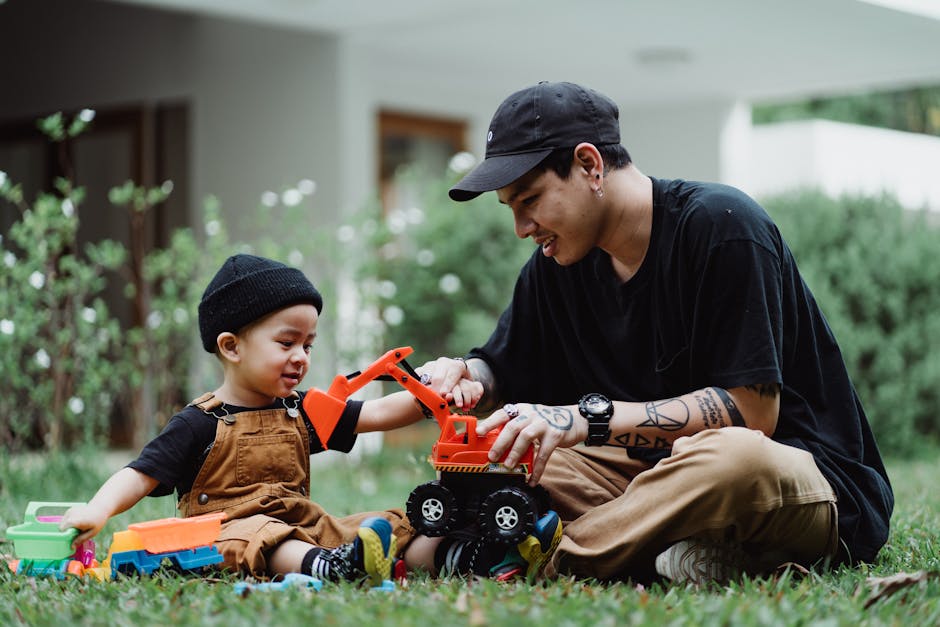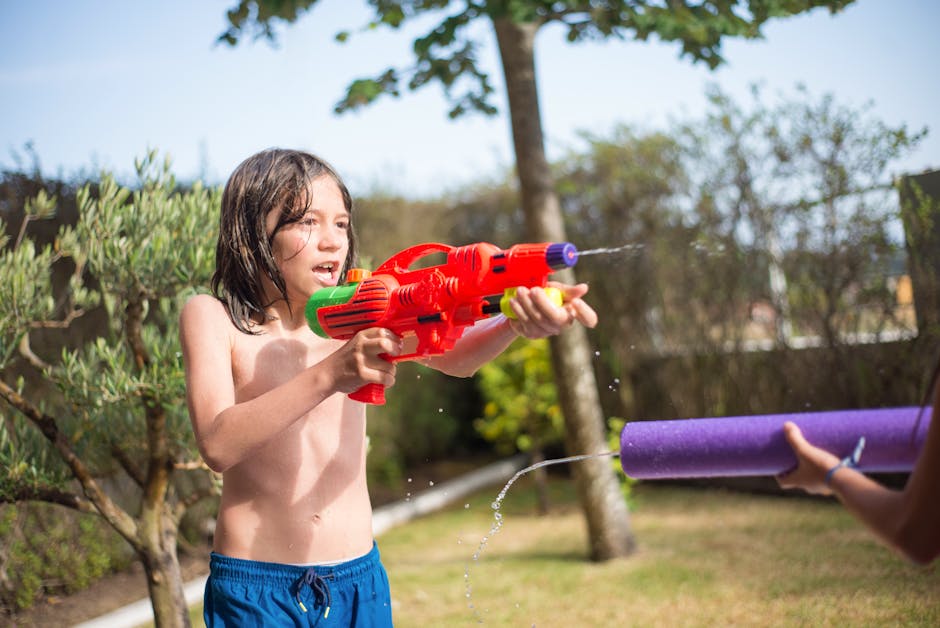Exploring the fun world of RC helicopters for kids, their usage indoors, and the important considerations in Canadian homes. Dive into the exciting journey of safely flying these miniature choppers inside.
Understanding RC Helicopters for Kids
Dive into the basics of RC helicopters for kids, including how they operate, their features, and why they’re a favorite among young enthusiasts.
At the core, RC helicopters for kids are designed to be easy to operate and safe to use, making them a perfect introductory vehicle to the world of remote-controlled aviation. With simple controls and durable designs, they offer a hands-on approach to understanding the basics of flight dynamics.
Understanding the different types of RC helicopters can also enhance your child’s indoor flying experience. From coaxial helicopters, known for their stability, to single rotor models that require a bit more skill, there’s a wide variety to choose from. Each type offers unique flying characteristics, making it crucial to select one that’s well-suited for indoor environments.
Can They Fly Indoors?
Unveiling the possibilities and considerations of flying RC helicopters indoors, with a focus on size, design, and the helicopter’s indoor compatibility.
Yes, many RC helicopters designed for kids can indeed be flown indoors, but it’s important to consider the space available. Small, lightweight models are generally preferred, as they are less likely to cause damage or injure someone if they happen to fly off course.
Moreover, the indoor flight of RC helicopters isn’t just about entertainment; it’s also a practical way to learn about navigation and spatial awareness in confined spaces. However, ensuring that the model you choose is suitable for indoor use - typically those with more stable and controlled flight characteristics - is key to a safe and enjoyable experience.
Safety Precautions for Indoor Flights
Highlighting essential safety tips to protect children, pets, and household items, ensuring a safe indoor flying environment for everyone.
First and foremost, establishing a clear flight zone free of obstacles is crucial. Inform everyone in the household, especially kids and pets, about the flying area to prevent accidents. Additionally, avoid flying near breakables or within close proximity to people’s faces and body parts to minimize the risk of injury.
Equally important is supervising your child during flight sessions. Active supervision not only ensures they follow safety guidelines but also provides an opportunity for bonding and shared enjoyment of the hobby.
The Best Types of RC Helicopters for Indoor Use
Reviewing the most suitable RC helicopters for kids to use indoors, considering factors like control, stability, and size.
For the best indoor flying experience, opt for RC helicopters with gyroscope technology, which enhances stability and control. Coaxial helicopters, with their dual rotor systems, are also a great choice for beginners due to their inherent stability and easy handling.
Compact size is another crucial factor, as it reduces the likelihood of damage and makes the helicopter easier to navigate in smaller spaces. Meanwhile, models that come with protective blade guards can offer an additional layer of safety, protecting both the helicopter and your home interiors during flight.
Navigating Canadian Regulations for Indoor RC Flight
Understanding the legal landscape and any specific Canadian regulations that might affect the indoor use of RC helicopters for kids.
In Canada, flying RC helicopters indoors typically does not involve the same level of regulatory oversight as outdoor flying. However, it’s still wise to be aware of any local bylaws that could impact your ability to fly indoors, especially in shared spaces like condominiums or apartment buildings.
Moreover, while no specific federal regulations restrict indoor flights, taking responsibility for safety and avoiding disturbances to neighbors is paramount. It’s all about using common sense and courtesy to ensure everyone’s peace and safety.
Preparing Your Home for Indoor Flights
Tips on setting up your indoor space to make it safe for flight, from clearing areas to setting boundaries, to ensure maximum enjoyment and safety.
Creating a dedicated flying zone where possible is a great start. This could be a spacious living room, hallway, or even a garage. Ensure the area is free of breakable items and has minimal furniture to navigate around. Protective mats or soft carpets can also reduce damage from potential crashes.
Another useful preparation step is to make a checklist of pre-flight and post-flight steps. This could include checking the RC helicopter for any loose parts, ensuring the flight area is clear, and storing the helicopter safely after use. Instilling these habits can greatly enhance the indoor flying experience.
Troubleshooting Common Indoor Flying Challenges
Solving frequent problems encountered when flying RC helicopters for kids indoors, from dealing with obstacles to managing battery life.
Dealing with limited space is a common challenge, but with practice, your child can learn to control the helicopter with precision to avoid crashes. Additionally, managing battery life is crucial for uninterrupted fun. Teach your child to monitor flight times and recharge the batteries before they’re completely drained to ensure the helicopter’s longevity.
Lastly, encountering occasional crashes is part of the learning curve. Opt for models with repair kits, or select helicopters known for their durability. This way, minor accidents won’t end the flying session prematurely, and your child can quickly return to piloting their chopper with confidence.
Ensuring a Safe Flight Inside Canadian Homes
Flying RC helicopters for kids indoors in Canada can be a thrilling experience that combines fun with learning about safety and regulations. With the right preparations and mindfulness towards Canadian standards, these toys can provide endless entertainment for your little pilot. Remember, the key to a successful indoor flight lies in choosing the right helicopter, understanding the space, and adhering to safety guidelines. Happy flying!






Leave a comment
This site is protected by hCaptcha and the hCaptcha Privacy Policy and Terms of Service apply.